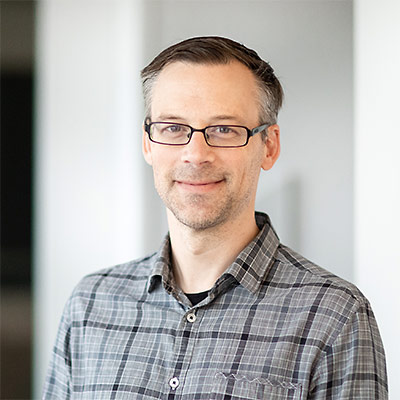History and Resistance
Every large design company whether it's a multinational branding corporation or a regular down at heel tatty magazine publisher needs to fill holes in the workforce.
Every large design company whether it's a multinational branding corporation or a regular down at heel tatty magazine publisher needs to fill holes in the workforce.
Every large design company whether it's a multinational branding corporation or a regular down at heel tatty magazine publisher needs to fill holes in the workforce.
Professor Taner Akçam, Kaloosdian & Mugar Chair in Armenian Genocide Studies at Clark University, gave a public lecture about Father Krikor Guerguerian’s Archive, a collection of thousands of documents about the Armenian genocide that this scholar and Armenian genocide survivor collected from the 1930s to 1988. Professor Akçam and his graduate students have recently digitized and classified the collection, which is now available to the public.
The one-hour documentary is part of the foundation’s 25th anniversary commemoration and its Stronger Than Hate Initiative, and is intended to serve as a cautionary reminder of what can happen when hatred remains unchecked, Discovery described.
By: Head of Austrian fund for Holocaust reparations visits Institute
Hannah Lessing represents Austrian society’s desire to atone. Her unique job involves, among other things, tracking down Austrian Holocaust survivors or their kin – inside the country and out – to offer financial reparations.
Lessing, the secretary general of the National Fund of the Republic of Austria for Victims of National Socialism, came to USC Shoah Foundation this week to discuss a potential collaborative project with the Institute.
Dimensions in Testimony is a revolutionary project which allows a person to have a Q&A with a Holocaust survivor via projection technology. Created by the USC Shoah Foundation in partnership with the Genesis Philanthropy Group. The projections have the ability to answer a specific questions someone may have for a survivor.
By: Rob Kuznia
It started with a group of students in a Volkswagen van, traveling around Fresno with bulky tape recorders at the behest of their professor.
It became the world’s largest known collection of oral histories from survivors of the 1915 Armenian Genocide at the hands of the Ottoman Turks.
